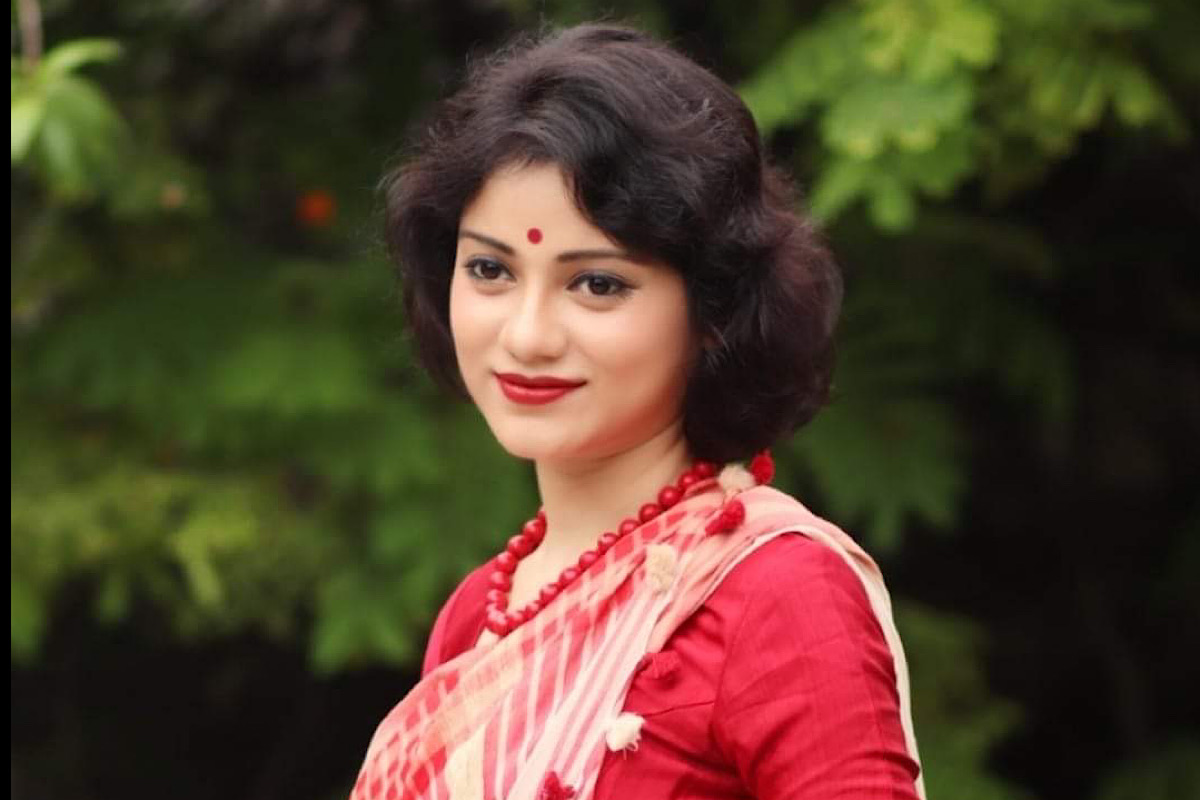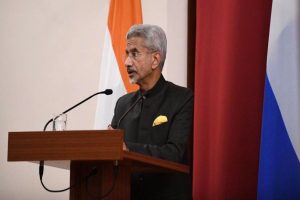Rabindranath Tagore’s contributions to the eclectic realm of art, literature, and culture have served as inspiration not only to Bengalis but to the entire nation and to the world at large as well. His gift of ‘Rabindra Nritya’ as the first ‘modern dance’, founded by him in 1919, proved to be one of his sincere attempts to put forward the serious issue of women’s empowerment through dance. During British rule, traditional dance forms in India were seen as a corrupt time-pass for prostitutes or rustic village folk, due to which educated middle-class Indian families did not have the courage to allow their children to learn dance. It was in this negative atmosphere that Rabindranath made use of his vast national and international influence to breathe life into dance as an art form by dispelling the social taboos that were then attached to it.
Today, professor Souraja Tagore, a renowned Bharatnatyam dancer and also the descendant of Rabi Thakur, consciously bypasses this classical dance form. To be more specific, Souraja is Tagore’s great-grand niece and is the third generation after Rabindranath Tagore. Recently, she was invited to visit China to commemorate the 100th anniversary of Tagore’s visit to China in 1924, highlighting the cultural exchanges between both nations. She speaks to The Statesman, analysing Rabindra Nritya from her perspective.
What would be the definition of Rabindra-Nritya?
Every time we try to understand something in depth, we tend to look for structured definitions. Despite this, Rabindra Nritya does not lend itself to easy classification or delimitation. Tagore allows dance to be fluid, emotional, and aesthetically pleasing. It is important to understand, however, that Rabindra Nritya cannot be performed without Rabindra Gaan, Sangeet, music, or poetry. In terms of style, it’s a fine combination of classical, folk, and contemporary dance. Throughout his lifetime, Tagore travelled extensively and witnessed numerous types of dance, both within India and abroad. Styles and movements had a profound effect on his mind, which inspired him greatly. When he lived in England, he was exposed to western dance, which greatly influenced his understanding and dance knowledge. Tagore adapted many aspects of Kathakali and Manipuri from Indian classical dance styles. The dances he saw in Java, Bali, Thailand, China, Burma, and Sri Lanka also had an impact on him. Through these exposures, Tagore developed a form that is cross-cultural, fluid, and perhaps the first modern dance in India.
What is the reason for its everlasting popularity in Bengal, and how does it serve as an influence on every gender, generation and nation?
Bengalis have the advantage of being able to read Tagore’s original Bengali works. It is easy to understand and is often quoted. However, this advantage also leads us to overlook Tagore. Rabindra Nritya is perceived by many as a simple, effortless dance requiring no special skill. In comparison with Indian classical dances, Rabindra Nritya is considered a fast art that can be learned quickly. Regardless of how insufficient one’s training in dance is, Rabindra Nritya is often performed mindlessly, regardless of skill, without hesitation.
Nevertheless, I chose to approach the subject differently. Dancers in Rabindra Nritya must be able to adapt to a variety of styles and movements that are not restricted to a specific dance curriculum. Rabindra Nritya requires a very sensitive and evolved dancer. Through movements and expressions, the dancer must assimilate and emote Tagore’s literature. A dancer who does not understand Tagore literature will suffer from a dangerous lack of the magic of Rabindra Nritya, which lies in the fact that it keeps improving and growing with each dancer’s growth and experience. The joy and satisfaction of Rabindra Nritya can be found endlessly as the dancer matures. Rabindra Nritya remains new over generations, and its scope is limitless.
Can it be incorporated into the school curricula?
Yes, absolutely. School curricula should include Rabindra Nritya and Rabindra Sangeet. The process of learning Rabindra Nritya takes a lifetime. In addition to dance, students will also have to learn Tagore’s music, rhythm, and literature. Early exposure to this form will give students a chance to learn an additional language and discover a whole new world. In the future, Rabindra Nritya, Sangeet, and Sahitya will lead them to limitless spaces if they choose to explore them. Their artistic journey will allow them to observe, think, react, and evolve more maturely and profoundly.
Can Rabindra Sangeet and Rabindra Nritya be therapeutic for individuals experiencing significant stress or depression?
Since I am not an expert, I cannot answer this question clinically. However, I can share my own experience and understanding. In our fast-paced lives, we all experience loss and failure. Dance and music, including Rabindra Nritya and Rabindra Sangeet, have often eased my anxiety and stress. In this world of purity, where I am free to express my emotions without judgement, Tagore remains my constant companion. Many times, despite my best efforts, I cannot express my thoughts and pains eloquently. Tagore, however, always articulates my emotions and feelings with magical clarity and profundity whenever I return to his poetry. I merge myself with Tagore by borrowing his words. My ‘Jeevan Devata’ is my guide during such times, and I cry out my stress and dance out my depression. It is my catharsis to connect with ‘my Tagore’ and experience freedom.
In recent years, the performances of Rabindra Sangeet and Nritya have shifted from the arena of rigidity. Many singers are deviating from the established norms of Rabindra Sangeet while exploring diverse genres, such as the addition of remixes. What is your opinion on the juxtaposition of rigidity and creativity in this context?
The entire life of Tagore was devoted to resisting rigidity, celebrating freedom, and following the impulse to create. His own works are so vibrant because he learned, borrowed, and remixed so many creative ideas from so many artists and poets. A potent example of his openness to art is his free and non-restrictive dance style. So I do not see a problem with artists experimenting with diverse genres in order to contribute to Tagore’s creativity. Nevertheless, creativity must be mindful. This requires respect for the art, patience, understanding, and in-depth knowledge. It is insulting to oneself to produce Tagore remixes only for self-aggrandisement and quick fame. Most Tagore remixes pop up and burn out fast. It is rare, as well as challenging, for a remix to combine the original with the modern while still remaining true to Tagore’s philosophy and vastness. Achievers stand out in a crowd.
How does Tagore represent universal humanism in his art?
Such a broad topic cannot be covered in a few lines. The Upanishads are an invaluable source of inspiration for Tagore’s humanism. To understand Tagore, one must transcend religious dogma and realise that it is human, not the God he or she worships, who is valuable. There is a vast and profound depth to Tagore’s understanding of humanism. His concern for humanity’s well-being is deeply rooted in his poetic experience. Tagore was extremely vocal in his crusade for human freedom in most of his writings, especially his essays. One can also grasp Tagore’s humanism if one carefully reads his Shyama, Chitrangada, or Chandalika. By exploring Tagore’s humanism in his dance dramas, the texts should expose new meaning and understanding. This should ideally be reflected in the dance, and that is how Tagore should speak through the arts.












